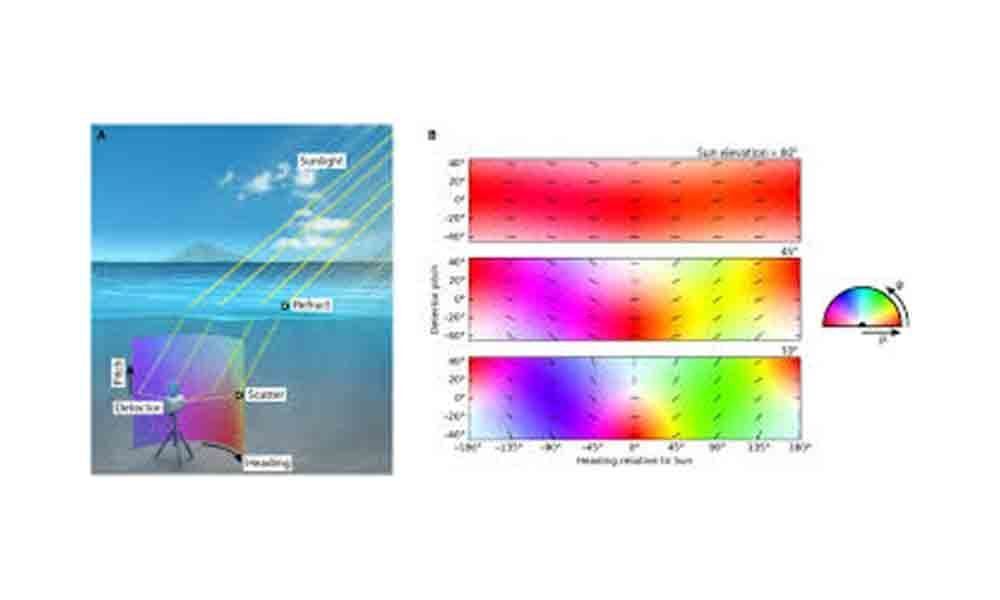Scientists develop camera to see polarised light

Scientists at the Harvard John A. Paulson of Engineering and Applied Sciences (SEAS) have developed a compact and portable camera that can capture polarised light and help in the study of atmospheric chemistry, and detect camouflaged objects.
Scientists at the Harvard John A. Paulson of Engineering and Applied Sciences (SEAS) have developed a compact and portable camera that can capture polarised light and help in the study of atmospheric chemistry, and detect camouflaged objects.
This camera works on the principle of 'polarisation'- the direction in which light vibrates which is invisible to human eyes. It provides a great deal of information about the objects with which light interacts.
"Polarisation is a feature of light that is changed upon reflection off a surface. Based on that change, polarisation can help us in the 3D reconstruction of an object, to estimate its depth, texture and shape, and to distinguish man-made objects from natural ones, even if they're the same shape and color," said Paul Chevalier, co-author of the study.
The details of this newly developed miniature camera, about the size of a thumb, were published in the journal 'Science'.
These cameras could possibly find a place in the vision systems of autonomous vehicles, onboard planes or satellites to analyse atmospheric chemistry, 3D reconstruction of objects among others.
Cameras that see polarised light are currently used to detect material stress, enhance contrast for object detection, and analyze surface quality for dents or scratches.
"This research is game-changing for imaging. This camera is a new eye on reality, allowing us to reveal how light is reflected and transmitted by the world around us," said Federico Capasso, the Robert L. Wallace Professor of Applied Physics and Vinton Hayes, senior author of the paper.













